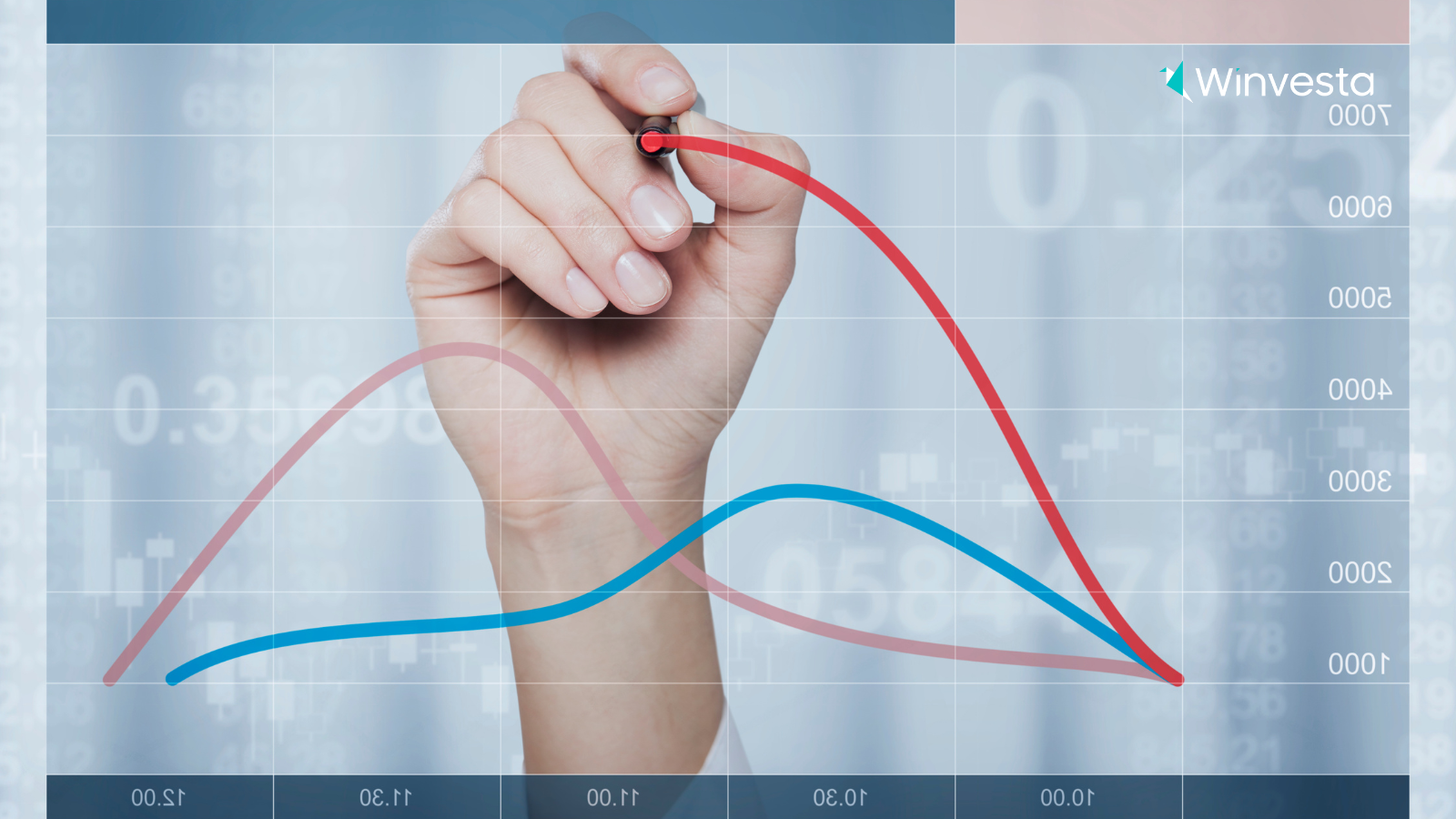Contents
After the calm: Why US stocks are walking a tightrope
2 minutes read
20 June 2025

As the closing bell rang on Wednesday, Wall Street slipped quietly into a pause for Juneteenth. With markets shut on Thursday, traders and investors spent the break digesting the week’s events and preparing for what’s next. Now, the S&P 500, Dow, and Nasdaq all sit near record highs in pre-market trading. But beneath this calm, there’s a sense of anticipation—everyone’s watching to see which way the market will move once the opening bell sounds
Fed’s balancing act: Steady hands, shifting sands
The Federal Reserve’s June meeting set the tone. Chair Jerome Powell opened with a message of cautious optimism: “Despite elevated uncertainty, the economy is in a solid position. The unemployment rate remains low, and the labour market is at or near maximum employment. Inflation has come down a great deal but has been running somewhat above our 2 percent longer-run objective”.
The Fed left rates unchanged, but Powell made it clear that every move from here will be data-driven. “We are well positioned to wait to learn more about the likely course of the economy before considering any adjustments to our policy stance,” he said. The central bank’s own projections point to two possible rate cuts by year-end, but officials are split on timing. It’s a delicate dance: inflation is easing, but tariffs and global supply disruptions could push prices higher again.
Market watchers are feeling the tension. As Morningstar’s June outlook put it, “The market is calm for now, but heightened volatility is expected in the coming quarters… there’s turbulent water ahead before the skies clear”. The S&P 500 is trading at a slim 3% discount to fair value, leaving little room for error if the economy stumbles.
Risks rising: Geopolitics, oil, and the limits of optimism.png?width=1600&height=900&name=Us%20stocks%20(93).png)
Beyond the Fed, other storm clouds are gathering. Geopolitical tensions—especially in the Middle East—are rattling energy markets. Even a partial disruption in the Strait of Hormuz has sent oil prices to their highest levels since early 2024. “A full closure… could push prices to $120 a barrel,” notes a recent analysis, highlighting how fragile the global supply chain remains.
For investors, this means opportunity and risk. Energy stocks are in favour, but tech and consumer sectors—already stretched by high valuations—look vulnerable if rates stay high or earnings disappoint. “There are real risks to the outlook which are not already priced into stocks,” warns a Fidelity analyst. “This puts a ceiling on how far the market can rally from here, while leaving us open to some downside risks”.
Yet, there’s a sense that the worst may be behind us. The sharp selloff in April, triggered by tariff worries, found a floor after the government delayed retaliatory measures. Since then, markets have rebounded, but many experts see a rangebound year ahead. “If I am right about this rangebound outlook, it suggests that the bull market… may well have ended in February 2025, and that a new bear market may now be underway. That said, it might be a modest one,” the same Fidelity analyst adds.
So as Wall Street shakes off its holiday slumber, the story is one of balance—between hope and caution, between opportunity and risk. Investors are watching the Fed, oil prices, and global headlines, knowing that in 2025, steady hands may matter more than bold moves.
Disclaimer: The views and recommendations made above are those of individual analysts or broking companies, and not of Winvesta. We advise investors to check with certified experts before making any investment decisions.

Ready to own a piece of the world’s biggest brands?
- Invest in 4,000+ US stocks & ETFs
- Fractional investing
- Zero account opening fees
- Secure and seamless
Start investing in just 2 minutes!

Build your global portfolio.
.png)
Invest in companies you love, like Apple and Tesla.

Track, manage, and grow your investments.



